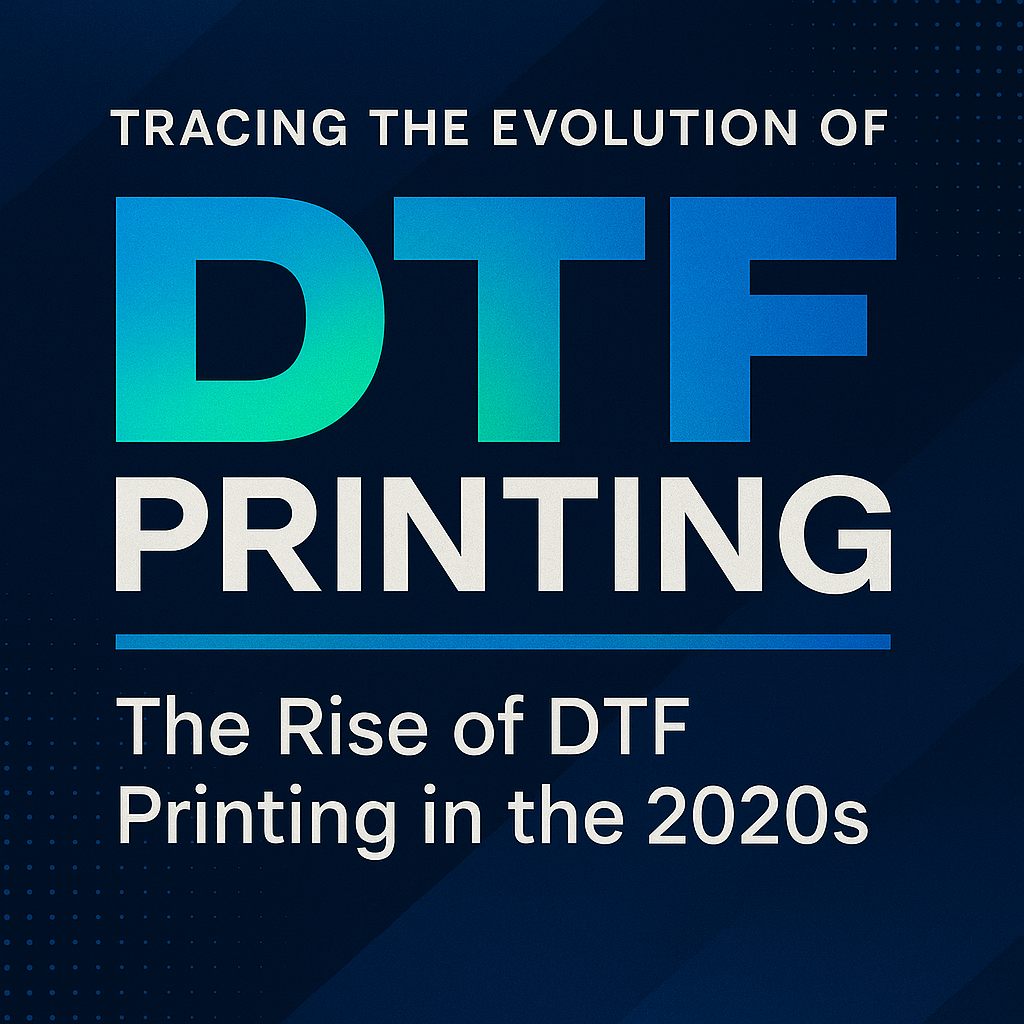By the time the 2020s arrived, DTF printing had evolved from a niche technology into a game-changer in the textile industry. This rapid adoption can be attributed to critical technological improvements and shifts in consumer demand.
The 2020s saw a surge in the popularity of on-demand printing and e-commerce, trends that perfectly aligned with DTF’s unique strengths. Unlike traditional methods such as screen printing—which incurred high costs for small batches due to labor-intensive setup requirements—DTF printing thrived on small-run customizations. It was equally well-suited for one-off designs as it was for bulk orders, making it a go-to solution for businesses across industries.
DTF also excelled where other methods fell short. Screen printing was limited in intricate design replication, and dye sublimation was restricted to polyester materials and light-colored fabrics. Similarly, while DTG delivered high-quality results on cotton, it struggled with dark garments requiring laborious pretreatments. DTF eliminated these hurdles thanks to its versatile transfer films and white ink capabilities, allowing it to produce vibrant, complex designs on a wide range of fabrics and colors.
Beyond apparel, DTF branched out into new applications, decorating items like tote bags, hats, home décor, and even upholstery. Its durability, ease of use, and cost-effectiveness made it indispensable for modern manufacturers and independent creators alike.
Don’t miss the conclusion of this series, where we’ll explore the cutting-edge trends that are shaping DTF for 2025 and beyond.

